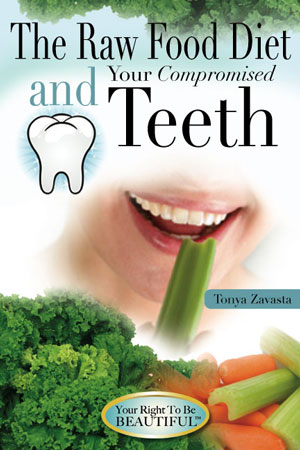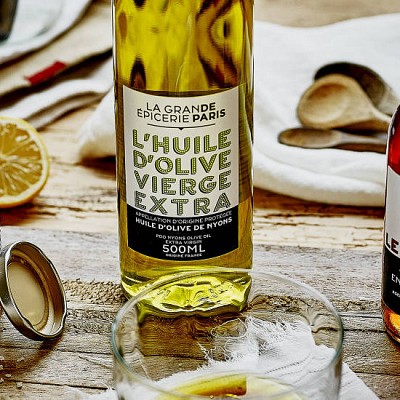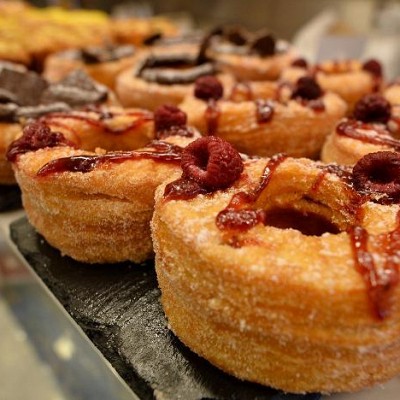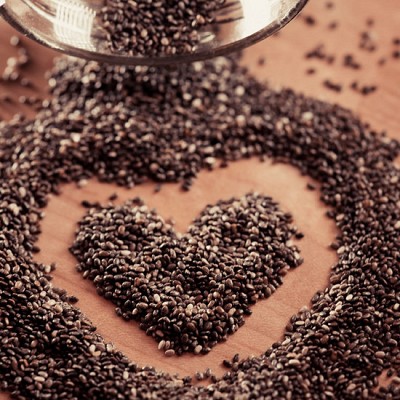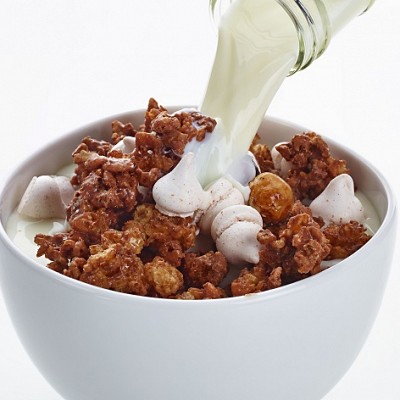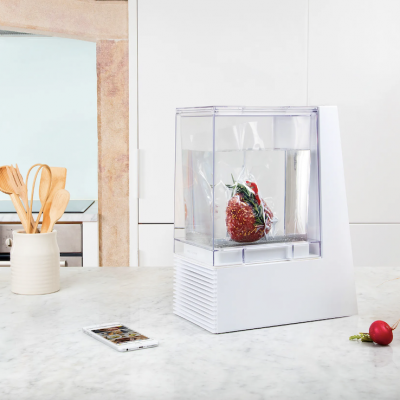Before my passion for food and photography, I remind you I am dentist. I am going to try as much as possible to get you information the relationship of food and your teeth. I read this great article I thought I should share with you...
The food we eat starts out in our mouths. But when it comes to nutrition, we think about every other body part first. We look for heart-healthy foods, brain food, foods to ward off cancer or provide the jolt of energy we need to run a marathon. We value high-fiber foods for gastrointestinal health. But what about our teeth and gums? A new e-booklet from the American Academy of Cosmetic Dentistry, based in Madison, hopes to fill in that gap, informing consumers about the latest research on foods that promote oral health, along with recipes that incorporate those ingredients. With all that Easter candy sitting around, it's as good a time as any to brush up on the subject. The 19-page booklet, available online only, identifies 21 foods that are good for the teeth or gums, from basil to xylitol.
Who knew that green tea contains a small amount of fluoride, plus an antioxidant that reduces the growth of the bacteria that cause gum disease? Or that shiitake mushrooms contain a sugar that prevents mouth bacteria from growing? Milwaukee nutritionist Karen Krchma didn't. She was tapped along with a dentist in Beverly Hills to create simple, healthful recipes for the booklet. "It wasn't that long ago that we were saying, don't eat raisins because they're sticky and they stay in your teeth," Krchma said. (Now, it's OK to eat them, but just be sure to floss well.) "There's a huge relationship between the health of your mouth and the rest of your body," she added. "For example, the same bacteria known to be involved with gum disease are the same bacteria that can affect the heart." Mike DiFrisco agreed that oral health is important to systemic health. He also noted that the connection between nutrition and healthy gums and teeth, as summarized in the booklet, is not hard science.
"There's not a lot of hard research out there," said DiFrisco, director of membership and marketing for the cosmetic dentistry academy. But noticing a slew of stories lately in the media about nutrition and teeth, they decided to gather what information they could and connect all the dots. "This is something we thought would be fun for our members to share with their patients and that people might like to download for free," he said. The academy based its list of oral-health-promoting ingredients primarily on two recent studies, he said. So what are some of these wonder foods? These and others made the cut for the "Healthier Smile" booklet:
Basil: a natural antibiotic, reduces bacteria in the mouth. (Fresh is best.)
 Broccoli: forms an acid-resistant film on the teeth, perhaps from the iron. A 2010 study found that after exposure to an acid-based drink like cola, tooth enamel erodes half as quickly when it's been exposed first to broccoli.
Broccoli: forms an acid-resistant film on the teeth, perhaps from the iron. A 2010 study found that after exposure to an acid-based drink like cola, tooth enamel erodes half as quickly when it's been exposed first to broccoli.
Celery: activates saliva production, which helps clean food particles from the teeth and dilutes sugars or acids in the mouth. Chewing celery also massages the gums.
Ginger (fresh): an anti-inflammatory that supports healthy gum tissue. 
Lemon: a natural "whitener" that also assists with pH balance in the body. (Note: Lemon meringue pie is not the answer, nor is using lemon juice as a mouth rinse, as the acid can destroy enamel.)
Onions: contain sulfur compounds that kill streptococcus bacteria that cause tooth decay.
Quinoa: a super-grain loaded with minerals including calcium, magnesium, manganese and phosphorous to strengthen teeth.
Sea salt: offers a blend of minerals (not found in table salt) needed to mineralize and strengthen teeth. (Himalayan or Celtic is suggested.)
Wasabi: contains compounds called isothiocyanates that arrest bacteria growth. Other ingredients on the list: carrots, cheese, green tea, kale or chard, kiwi, pineapple, salmon, sesame seeds, shiitake mushrooms, strawberries, and stevia and xylitol (both alternative sweeteners). There's also a lot of interest these days in tooth whitening. If you're looking to avoid foods that would thwart you in that effort, you'll want to minimize your consumption of coffee, tea, red wine, soy sauce and dark berries - especially after using a tooth whitening product.
 "After whitening, when the pores of enamel are opened, you don't want to drink a couple of glasses of red wine and let it soak in," said DiFrisco. And as Krchma stressed, eating the right foods for oral health is no substitute for regular dental care. The "Healthier Smile" booklet can be found at aacd.com/smilerecipes.
"After whitening, when the pores of enamel are opened, you don't want to drink a couple of glasses of red wine and let it soak in," said DiFrisco. And as Krchma stressed, eating the right foods for oral health is no substitute for regular dental care. The "Healthier Smile" booklet can be found at aacd.com/smilerecipes.


















